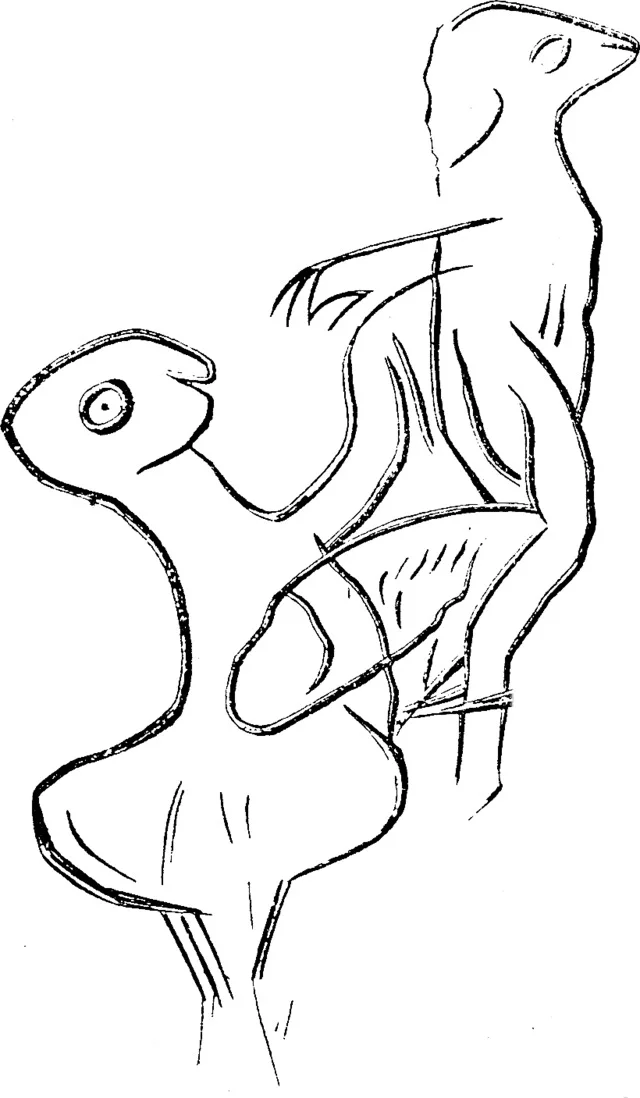Cueva de los Casares is a significant prehistoric cave located in Riba de Saelices, Spain. It contains important Paleolithic rock art and artifacts, dating back to around 40,000 BC. The cave provides crucial insights into early human life and artistic expression.
Get your dose of History via Email
Discovery and Archaeological Significance
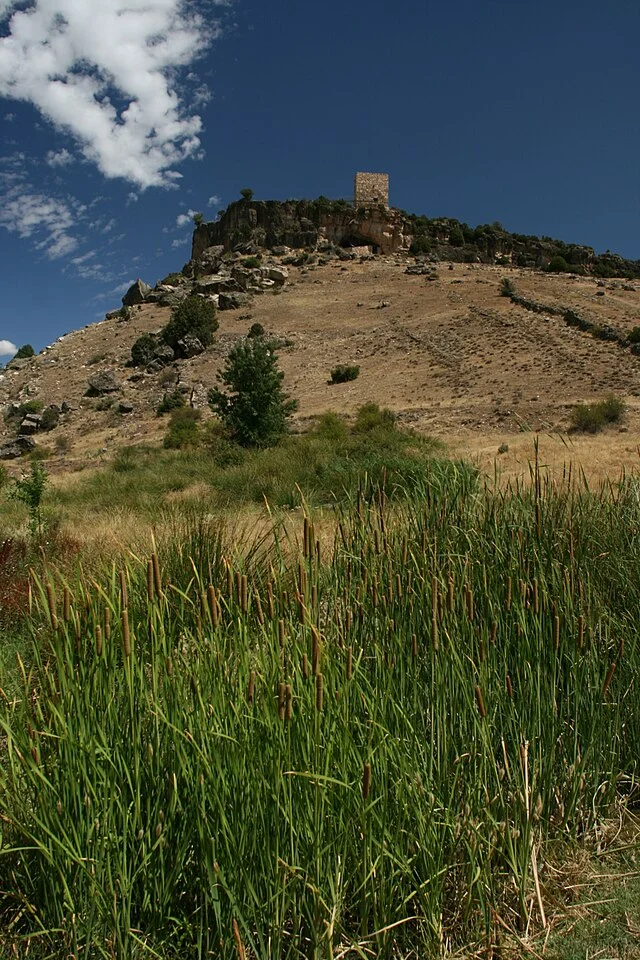
The cave was discovered in 1933 by archaeologist Juan Cabré Aguiló. Excavations revealed various carvings and drawings, many depicting animals, including horses, deer, and goats. These representations are typical of the Upper Paleolithic period. The engravings suggest that early humans in this region had a detailed understanding of animal behavior, essential for hunting.
Researchers also uncovered tools and bones that indicate human occupation during the late Upper Paleolithic, around 30,000 BC. The finds suggest that the cave served as both a dwelling and a ceremonial site. The presence of stone tools also indicates advanced craftsmanship.
Rock Art and Symbolism
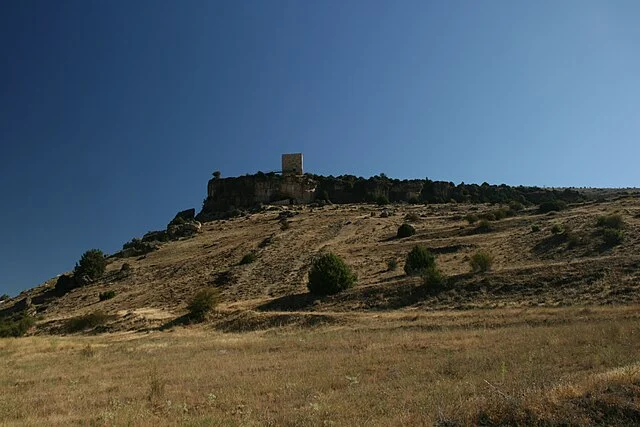
The cave’s walls display a variety of carved figures. Many depict animals like horses, bulls, and deer. Some of the figures are abstract, with unclear meaning. This suggests that the cave’s inhabitants not only used the art for practical purposes but also engaged in symbolic or ritualistic activities.
The carvings’ techniques range from deep engravings to more delicate scratchings. Scholars believe that these techniques evolved over time, reflecting changes in artistic expression and cultural development.
Human Remains and Tools
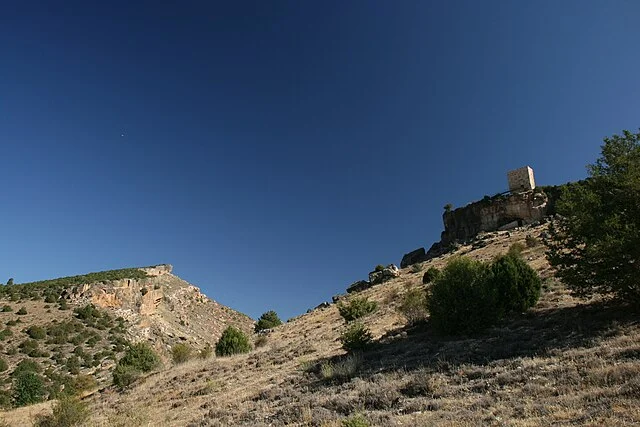
In addition to the artwork, excavators found human remains and tools within the cave. These include flint blades, scrapers, and bone tools. The tools show wear patterns consistent with daily tasks such as skinning animals and processing hides.
The human remains discovered in Cueva de los Casares suggest that the site was occupied for thousands of years. Analysis of the bones points to a population that relied heavily on hunting and gathering. There is no evidence of agriculture, which places the cave’s use firmly within the Paleolithic era.
Conservation Efforts
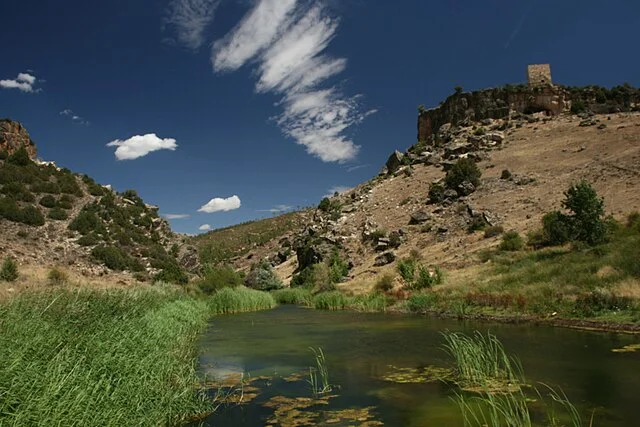
Over the years, efforts have been made to protect Cueva de los Casares. The cave is fragile, and human activity, including tourism, could damage the art and structures within. Conservationists have limited access to preserve the engravings and ensure that future generations can study the site.
In 1935, Cueva de los Casares was declared a National Monument by the Spanish government. This designation has helped to safeguard the site and maintain its importance as a prehistoric cultural heritage location.
Conclusion
Cueva de los Casares offers a valuable glimpse into early human life in Europe. The cave’s rock art, tools, and human remains provide evidence of the complex behaviors and skills of Upper Paleolithic peoples. Through careful excavation and ongoing conservation, this cave continues to contribute to our understanding of prehistoric art and society. Its role as both a practical shelter and a ceremonial site highlights its significance in ancient human history.
Source:

